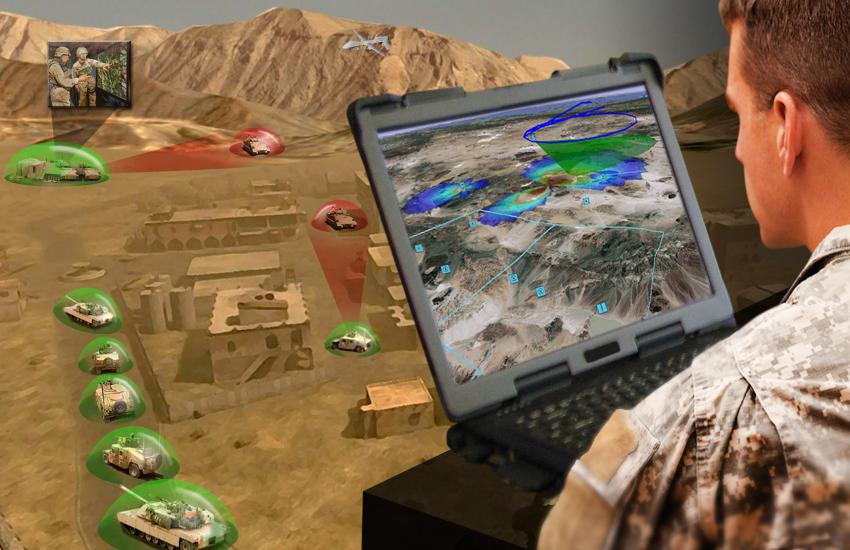U.S. Army Enjoys Speed Advantage
The Army may not match the range or firepower of adversaries, but it enjoys a critical speed advantage, according to Col. Gary Brock, Army capabilities manager, electronic warfare, Cyber Capability Development and Integration Directorate.
Col. Brock made the comments on the first morning of the AFCEA TechNet Augusta conference in Augusta, Georgia, taking place August 15-17. He said the Army has learned it is outgunned and is “never going to create the mass of firepower” warfighters will face when “we’re going on offense” against mature defensive capabilities. Additionally, the service is outranged. “We can’t reach the ranges that our enemy can right now,” he said.
“So, what’s the one advantage we do have right now? We have speed. And anything that slows down that speed within the formation is a no-go within the EW [electronic warfare] portfolio,” he added. “So, how do we create that speed? It’s the machine-to-machine integration. It’s the data layer fight, and it’s that data layer availability at the residential classification at the edge where it is intertwined and integrated flatly with both the fires ecosystem and the air defense ecosystem within the maneuver ecosystem.”
Col. Brock offered the audience a list of what the Army does and does not want in the EW domain.
Wants include:
- Software disaggregated, or not married to, specific hardware.
- The ability to move away from high-end encryption and work with partners and allies at the tactical edge in an anti-access/area denial bubble.
- Truly integrated vs. simply interoperable solutions.

“Right now, we’re looking at machine learning. When we look at ES [electromagnetic support] within the combat sphere—I’m really looking at corps and below—that ES has to be immediate, available and at the data layer tied to decisions and fires and effects going downrange,” he said.
Service officials also want electromagnetic attack techniques and technologies that disrupt, deny and degrade” adversary capabilities. Additionally, the service needs microelectromechanical (MEMS) technologies to provide a electronic attack capabilities, such as disrupting communications, radar or position, navigation and timing.
The colonel indicated the Army is interested in small, swarming unmanned aerial systems (UASs) for electronic warfare purposes. “We are going all in from the EW portfolio on a launched effect in the UAS-based payload. We’re not going to look for those long, high-energy standing rounds that generate energy downrange trying to overcome physics within the terrestrial layer. We’re looking at how we get some coherency, as we look at getting those things to altitude, creating those to the meshed, integrated, collaborative, swarming-type formations.”
He explained that the Electronic Warfare Planning and Management Tool, when it is modernized, will have a core app and every function will be an additional app with the service only worrying about the application programming interface integration.





Comments